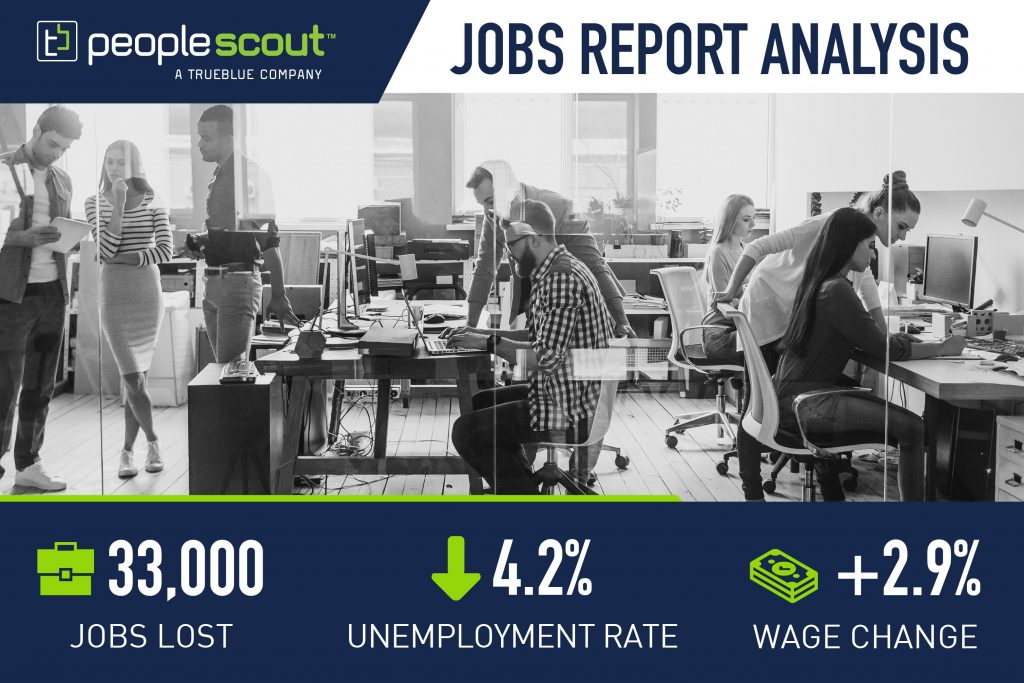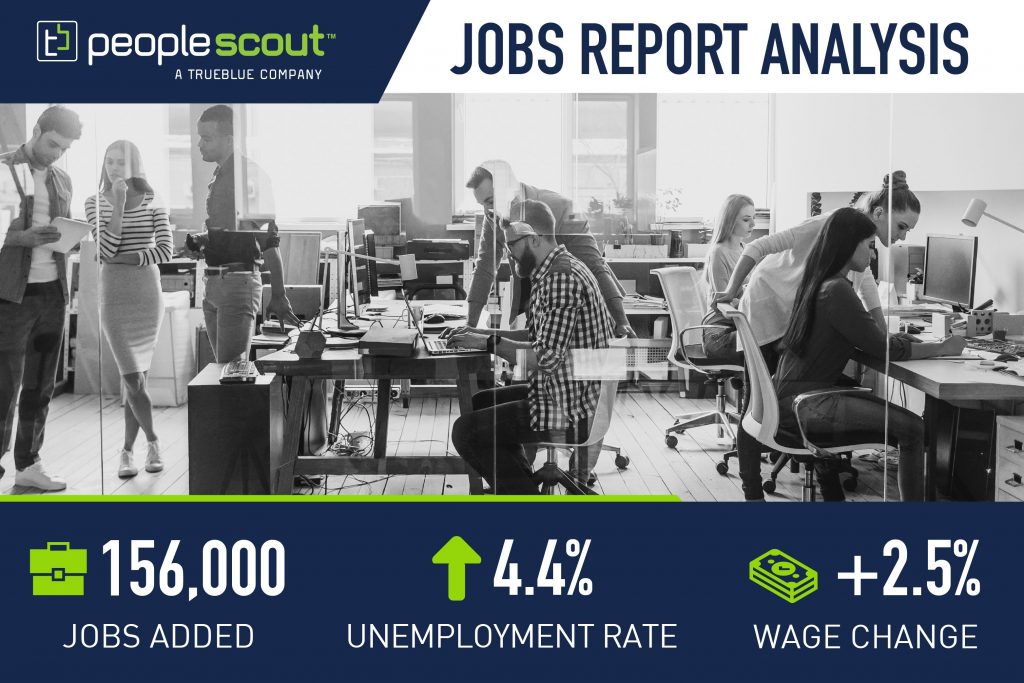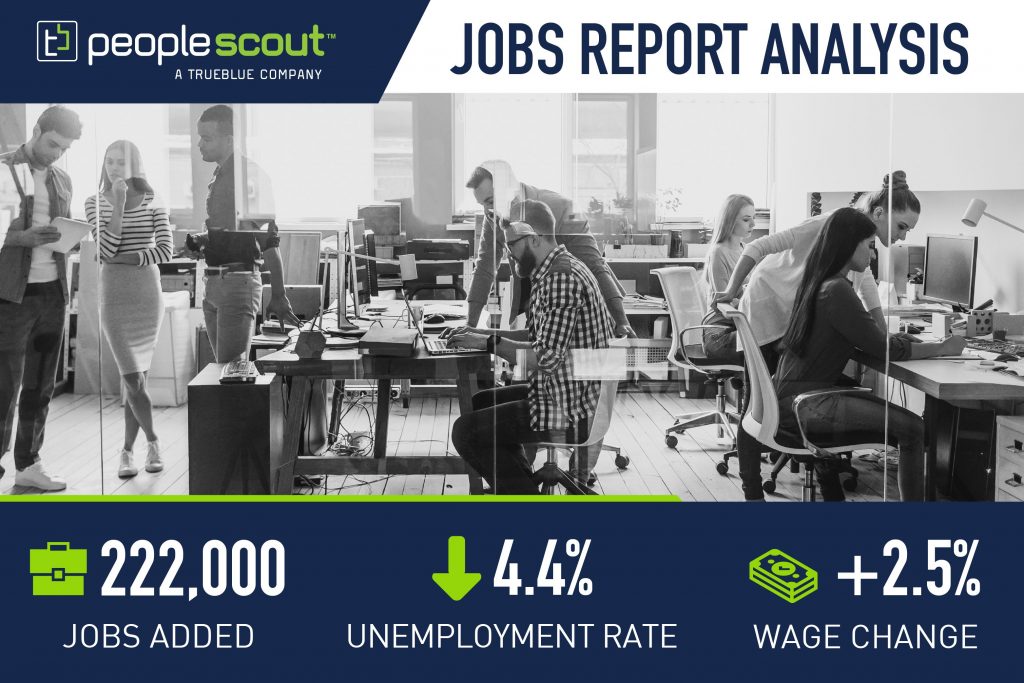According to a recent demographic analysis conducted by the Pew Research Center, by 2055, the U.S. will no longer have a single racial or ethnic majority. This shift towards a more diverse population will have major impacts on the workforce and how organizations address diversity in the workplace.
In the coming years, organizations that understand how to manage diversity in the workplace effectively will hold a distinct advantage when it comes to recruiting and hiring talent. This post outlines how organizations can best approach and manage diversity in the workplace with actionable tips and advice.
What is Diversity in the Workplace?
For an organization looking to cultivate a more diverse and inclusive workplace, it is important to understand what constitutes workplace diversity.
Workplace diversity refers to the variety of differences between individuals in an organization. Diversity not only includes how individuals identify themselves but also how others perceive them. Diversity within a workplace encompasses race, gender, ethnic groups, age, religion, sexual orientation, citizenship status, military service and mental and physical conditions, as well as other distinct differences between people.
Research Report
Diversity & the Candidate Experience: Identifying Recruitment Pitfalls to Improve DE&I Outcomes
What are the Benefits of Diversity in the Workplace?

What are the benefits of diversity in the workplace? Well, there are many benefits to having a diverse workplace. Organizations that commit to recruiting a diverse workforce have a larger pool of applicants to choose from, which can lead to finding more qualified candidates and reducing the time it takes to fill vacant positions. Businesses that do not recruit from diverse talent pools run the risk of missing out on qualified candidates and may have a more difficult time filling key roles, which increases recruitment costs.
According to a survey conducted by Glassdoor, 67% of job seekers said a diverse workforce is important when considering job offers and 57% of employees think their companies should be more diverse. These numbers are telling. Not only can organizations fill positions with qualified candidates more quickly by recruiting from different talent pools, but a diverse workforce also benefits their employer brand which is crucial when it comes to getting the right talent.
Having a diverse workforce with multi-lingual employees and employees from varying ethnic backgrounds can also be helpful for organizations who want to expand or improve operations in international, national, regional and local markets.
More benefits to having diversity in the workplace:
- Employees from diverse backgrounds imbue organizations with creative new ideas and perspectives informed by their cultural experiences
- A diverse workplace will help organizations better understand target demographics and what moves them
- A diverse workplace can better align an organization’s culture with the demographic make-up of America
- Increased customer satisfaction by improving how employees interact with a more diverse clientele and public
Diverse Staffing: How to Manage Diversity in the Workplace

Managing diversity in the workplace presents a set of unique challenges for HR professionals. These challenges can be mitigated if an organization makes a concerted effort to encourage a more heterogeneous environment through promoting a culture of tolerance, open communication and creating conflict management strategies to address issues that may arise.
For leadership to effectively manage diversity in the workplace, they need to understand their backgrounds and how their behavior and beliefs can affect their decision-making within a diverse environment.
Tips for Managing Workplace Diversity

Prioritize communication
To manage a diverse workplace, organizations need to ensure that they effectively communicate with employees. Policies, procedures, safety rules and other important information should be designed to overcome language and cultural barriers by translating materials and using pictures and symbols whenever applicable.
Treat each employee as an individual
Avoid making assumptions about employees from different backgrounds. Instead, look at each employee as an individual and judge successes and failures on the individual’s merit rather than attributing actions to their background.
Encourage employees to work in diverse groups
Diverse work teams let employees get to know and value one another on an individual basis and can help break down preconceived notions and cultural misunderstandings.
Base standards on objective criteria
Set one standard of rules for all groups of employees regardless of background. Ensure that all employment actions, including discipline, follow this standardized criteria to make sure each employee is treated the same.
Be open-minded
Recognize, and encourage employees to recognize, that one’s own experience, background, and culture are not the only with value to the organization. Look for ways to incorporate a diverse range of perspectives and talents into efforts to achieve organizational goals.
Hiring
To build a diverse workplace, it is crucial to recruit and hire talent from a variety of backgrounds. This requires leadership and others who make hiring decisions to overcome bias in interviewing and assessing talent. If organizations can break through bias and hire the most qualified people, those with the right education, credentials, experience and skill sets, a diverse workplace should be the natural result.
Tips for hiring a diverse workforce:
- Incorporate a diverse interview panel to ensure candidates are chosen solely based on suitability for the position.
- Managers should be trained on what can and cannot be asked in an interview. For example, questions about an applicant’s personal life, such as which church they attend, their romantic life and political beliefs, are off-limits.
- Get creative when recruiting. For example, if an organization would like to hire more women in the engineering department, they could reach out to professional groups that cater to women in engineering and ask to advertise open positions in their newsletter or member communications.
Diversity Management: Policies and Practices

Organizations that embrace diversity also need to ensure that there are policies and practices in place to protect employees’ rights and stay compliant with government regulations.
It is essential for an organization to think about the impact that company policies and practices have on a diverse group of employees. Companies should create a way for employees to give feedback with surveys and suggestion boxes to gain a better understanding of how employees feel about diversity policies. Any feedback received, both positive and negative, is valuable. Companies need to be ready to adapt and change policies that may be interpreted as obstructions or not helpful for employees.
In addition to the written policies, it is also essential to ensure that the non-official “rules” of an organization are thoroughly explained to all employees to communicate company values and culture to all workers effectively.
Documentation of Policies and Procedures
Properly documenting diversity policies is an effective means of communicating an organization’s stances on diversity. Once concrete plans are ready to be implemented, documents that outline each policy should be included in the employee handbook. Diversity policies should be reviewed with every new hire, and when updates to policies are made, they should be shared with current employees as well.
Employee handbooks should cover diversity in the following sections:
- Code of conduct should outline the company’s policy toward diversity
- Non-discrimination policy lets employees know about diversity
- Compensation and benefits policy
- Employment conditions and termination
Zero-Tolerance Policy
Having a diverse workplace means that off-color jokes about ethnicity, gender, sexual orientation or religion need to be met with zero-tolerance enforcement. Slurs, name-calling and bullying employees for any reason has no place in today’s workplace. Policies should be put in place to handle misconduct and communicate to employees that this type of behavior will not be tolerated.
Organizations will also need to make sure employees feel safe reporting any instances of inappropriate behavior by co-workers by establishing a formal complaint policy, so employees know how to report misconduct to the proper authority within an organization.
Sensitivity Training
Employees need to be aware of how to coexist with a diverse range of people, as well as be cognizant of cultural sensitivity, to achieve harmony within a diverse workplace. Sensitivity training can help an organization manage diversity in the workplace by helping employees become more self-aware, which plays a vital role in helping employees understand their own cultural biases and prejudices.
Benefits of sensitivities training:
- Helps employees examine and adjust their perspectives about people from different backgrounds
- Employees can learn to better appreciate the views of others
- Shows employees what actions are offensive and why they are perceived as such
- Teaches employees how to calmly communicate that a co-worker has offended them and how to resolve the conflict properly
- Explains to employees how to apologize to a co-worker if they have indeed offended them unknowingly
- All employees should be included in sensitivity training; adding specific training for managers makes it even more impactful. Some companies also offer sensitivity training online.
Stay Abreast of Diversity Laws
Managing diversity in the workplace means that businesses need to keep abreast of changing employer-related laws and trends, especially diversity-related changes. Organizations should regularly review internal policies, especially those around harassment and equal opportunity, and make sure they reflect the most current laws and regulations.
If an organization has an international or multi-state presence, it is necessary to track regional changes to laws and regulations as they vary from country to county and state to state.
Diversity law resources:
The Importance of Diversity in the Workplace

Encouraging diversity is the way forward for organizations. In a global talent market, businesses that can successfully manage diversity in the workplace will have a definite competitive advantage over others in terms of differentiation, innovation and employer branding.


